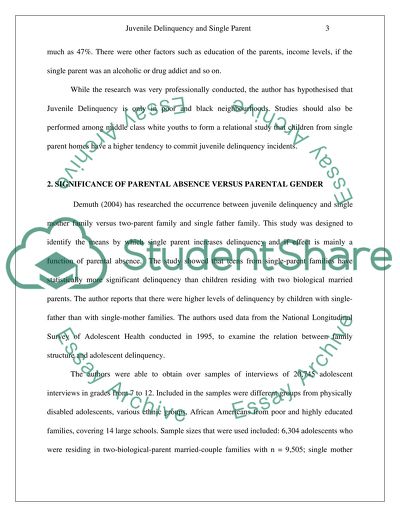Cite this document
(Juvenile Delinquency and Single Parent Literature review, n.d.)
Juvenile Delinquency and Single Parent Literature review. Retrieved from https://studentshare.org/social-science/1555890-are-juvenile-more-likely-to-be-dysfunctial-from-single-parent-homes
Juvenile Delinquency and Single Parent Literature review. Retrieved from https://studentshare.org/social-science/1555890-are-juvenile-more-likely-to-be-dysfunctial-from-single-parent-homes
(Juvenile Delinquency and Single Parent Literature Review)
Juvenile Delinquency and Single Parent Literature Review. https://studentshare.org/social-science/1555890-are-juvenile-more-likely-to-be-dysfunctial-from-single-parent-homes.
Juvenile Delinquency and Single Parent Literature Review. https://studentshare.org/social-science/1555890-are-juvenile-more-likely-to-be-dysfunctial-from-single-parent-homes.
“Juvenile Delinquency and Single Parent Literature Review”, n.d. https://studentshare.org/social-science/1555890-are-juvenile-more-likely-to-be-dysfunctial-from-single-parent-homes.


